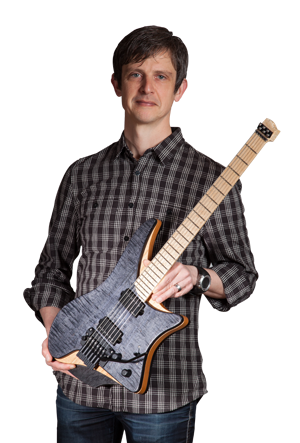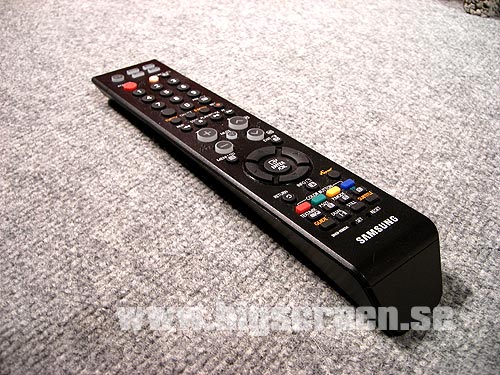Two things about the neck design:
- Looking at what people who have put much more thought into this than I have have arrived at, it might not be as simple as regarding the neck as a slice of a cone when you want to twist it. Having said that, the same people tell us that the original patent was difficult to realize and filed a follow-up that simplifies matters and goes back largely to the “original” design, Burrel’s patent.
- Secondly, again going back to the Orchid bass that I can’t seem to stop raving about, I was curious to test a trapezoidal design. One of the reasons being that it is easier to fit a square aluminum beam into a neck with that shape. It is not easier when the neck is twisted though, but I’ll deal with that some other time.
Luckily, it turned out that my TV Remote had a perfect trapezoidal shape! It is almost the same width as a guitar neck and it tapers from 16 mm to 26 mm at the thickest end.
Playing around with it, I did feel as if I could reach the low (i.e. top from the floor) strings more easily and comfortably with the trapezoidal shape. It felt as if it was most comfortable at the 24 mm thickness, which I would consider a little bit thicker than a normal neck at the same width, which means it would allow for a stronger neck than with a regular shape.
On the progress side, I made some adjustments to the bridge today and added a dry composite bearing from igus, which turned out great. Unfortunately, I left it at work so can’t try it with a string load or take any pictures, but I will do so tomorrow.




